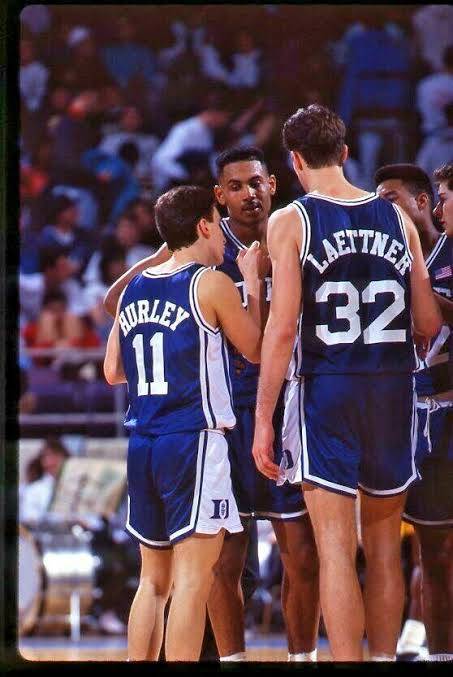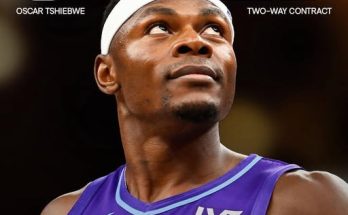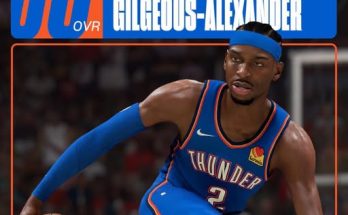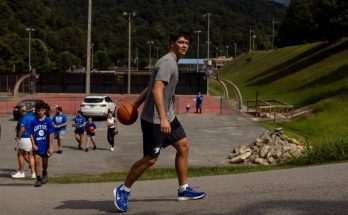When the average basketball fan hears “Duke,” iconic images flood the mind: Coach Mike Krzyzewski waving from the sidelines, Christian Laettner’s game-winner against Kentucky, Zion Williamson’s jaw-dropping dunks, Cameron Indoor Stadium’s electric atmosphere. But the dynasty known as Duke Basketball wasn’t built solely on blue-chip recruits or national championship banners. Its foundation is cemented in quieter, often overlooked moments—intimate decisions, unheralded sacrifices, and character-defining acts that shaped a culture of excellence.
This is the untold story of Duke Basketball’s dynasty: the invisible threads that stitched greatness into the fabric of one of college basketball’s most revered programs.
1. The 1980 Hiring That Changed Everything
Before Duke was a household name in the basketball world, the program was relatively unremarkable on the national stage. That changed when then-athletic director Tom Butters hired a young Army coach named Mike Krzyzewski in 1980. The decision was widely criticized at the time—Krzyzewski had a modest record at Army and was largely unknown.
What followed was a testament to long-term vision. Krzyzewski didn’t see Duke as merely a job; he saw it as a canvas. In those early years, losses piled up, including a dismal 11-17 record in 1983. But instead of cutting ties, Butters extended Coach K’s contract, giving him the trust and breathing room to rebuild. That vote of confidence wasn’t a headline, but it was a cornerstone.
2. The Brotherhood Philosophy
Long before “The Brotherhood” became a Twitter slogan or an NBA fraternity, it was born in the locker rooms and hallways of Cameron. More than just a marketing term, The Brotherhood was Krzyzewski’s vision of family—alumni mentoring current players, former stars returning to practice, NBA veterans offering life advice.
Grant Hill once said, “Coach K didn’t just develop me as a player. He prepared me for life.” That sentiment echoes through decades of players—Wojo, Redick, Battier, Dawkins, and more—who understood that playing at Duke meant being part of something bigger. The Brotherhood isn’t loud or flashy, but it remains one of the program’s most enduring legacies.
3. Laettner’s Practice Battles with Hill and Hurley
While Christian Laettner is known for his buzzer-beater in the 1992 Elite Eight against Kentucky, few talk about the daily practice sessions that forged him. Those battles, often intense and borderline combative, were where Laettner clashed with fellow stars Bobby Hurley and Grant Hill.
“They made each other better,” Coach K later said. “Iron sharpens iron.”
The hard-nosed practices, the fiery competitiveness, and the refusal to lose even a scrimmage—those daily grinds shaped the 1991 and 1992 championship teams more than any single game. They built a championship culture that didn’t rely on moments, but on relentless preparation.
4. Wojo’s Floor Burns
Steve Wojciechowski never won a national title at Duke, nor did he make it far in the NBA. But no one embodied the spirit of Duke Basketball more.
As a 5’11” guard, he knew he couldn’t dominate with athleticism. So he dove for every loose ball, clapped in the face of every ball-handler, and screamed with every floor burn. It was contagious. Wojo’s effort inspired teammates and became symbolic of Duke’s tenacity.
Krzyzewski often pointed to Wojo as the spiritual compass of those late-90s teams. The lesson? Not all leaders are stars, and not all pivotal moments come under the bright lights. Sometimes, the heart of a dynasty is found diving across the hardwood.
5. J.J. Redick and the Hate He Overcame
In the mid-2000s, J.J. Redick was the face of college basketball—and its most hated villain. His cocky demeanor, deadeye shooting, and Duke jersey made him the target of vitriol across the country.
What fans didn’t see was the internal struggle Redick faced. He was a perfectionist battling anxiety and pressure, often reading the hate mail and letting it fuel him. But through it all, he remained unshaken on the court, becoming Duke’s all-time leading scorer and helping redefine what leadership meant.
Redick’s transformation from hated college star to respected NBA veteran reflected the depth of Duke’s player development—not just in skill, but in maturity.
6. The Quiet Return of Former Players
While other programs saw alumni stay away post-graduation, Duke became a beacon for its former players. Shane Battier showing up to mentor Justise Winslow. Grant Hill working out with younger Blue Devils. Kyrie Irving sitting courtside after his rookie year in the NBA.
Those moments didn’t make headlines, but they spoke volumes. They were silent affirmations that Duke was more than a stepping stone; it was home. This open-door policy—this organic mentorship—allowed generations to pass down the culture firsthand.
7. 2010: The Underdog Title Run
Unlike many of Duke’s star-laden rosters, the 2010 championship team was made of grinders. Jon Scheyer, Nolan Smith, Kyle Singler, and Brian Zoubek weren’t NBA lottery picks. But they were tough, smart, and cohesive.
That year, Duke wasn’t favored. Kansas and Kentucky were the darlings. But through resilience and unity, the Blue Devils won it all.
The championship proved something crucial: Duke’s culture could outlast talent gaps. Scheyer later called it “the most satisfying title, because nobody expected it.” It was a testament to development, chemistry, and quiet belief.
8. The One-and-Done Pivot
In 2011, Coach K made a philosophical pivot that few expected. After years of building multi-year rosters, he embraced the one-and-done era, recruiting players like Kyrie Irving, Jabari Parker, and eventually Zion Williamson.
It wasn’t easy. Duke had to evolve without losing its identity. But the 2015 national title, built around freshmen Tyus Jones, Justise Winslow, and Jahlil Okafor, showed Duke could win both ways—through experience or elite freshman talent.
Behind the scenes, Krzyzewski and his staff worked tirelessly to merge youthful explosiveness with established culture. It was a balancing act that required humility and trust—a quiet evolution within a giant.
9. Jon Scheyer’s Transition
When Coach K announced his retirement in 2021, the dynasty faced uncertainty. Many questioned whether Jon Scheyer, just 34 at the time, could handle the immense pressure of following a legend.
But Scheyer had something few others could match—intimate knowledge of the culture. A former captain. A national champion. A coach-in-waiting who had spent years absorbing the nuances of leadership from Krzyzewski himself.
His early success as head coach—top-tier recruiting, a steady locker room, and a renewed identity—reflected not a radical departure but a respectful continuation. Scheyer’s rise wasn’t meteoric; it was methodical. It was classic Duke.
10. Cameron’s Small but Mighty Impact
Perhaps no place in college basketball has as much soul per square foot as Cameron Indoor Stadium. With just over 9,000 seats, it’s far from the largest arena. But what it lacks in size, it makes up in atmosphere.
From the Cameron Crazies to the intimacy of the court-side experience, the energy inside Cameron has fueled comebacks, rattled opponents, and inspired countless performances.
More than a venue, it’s a cathedral. One where banners hang not just to honor wins, but to remind players of the responsibility that comes with the jersey. In an era of glossy arenas, Cameron remains a symbol of tradition—one that quietly shapes every home game.
11. The Power of Reflection: Coach K’s Final Home Game
March 5, 2022. Coach K’s final game at Cameron. It wasn’t the fairy tale ending many had hoped for—Duke lost to rival UNC. But what stood out wasn’t the result, but the moment afterward.
Coach K took the mic and, with uncharacteristic vulnerability, apologized for the loss. “This isn’t part of the program,” he said, his voice cracking. “But let me just say—thank you.”
It wasn’t a press conference. It wasn’t for the cameras. It was Krzyzewski being exactly what he always preached: accountable, humble, and loyal.
In that moment, the legacy of Duke Basketball came full circle—not with a trophy, but with grace.



